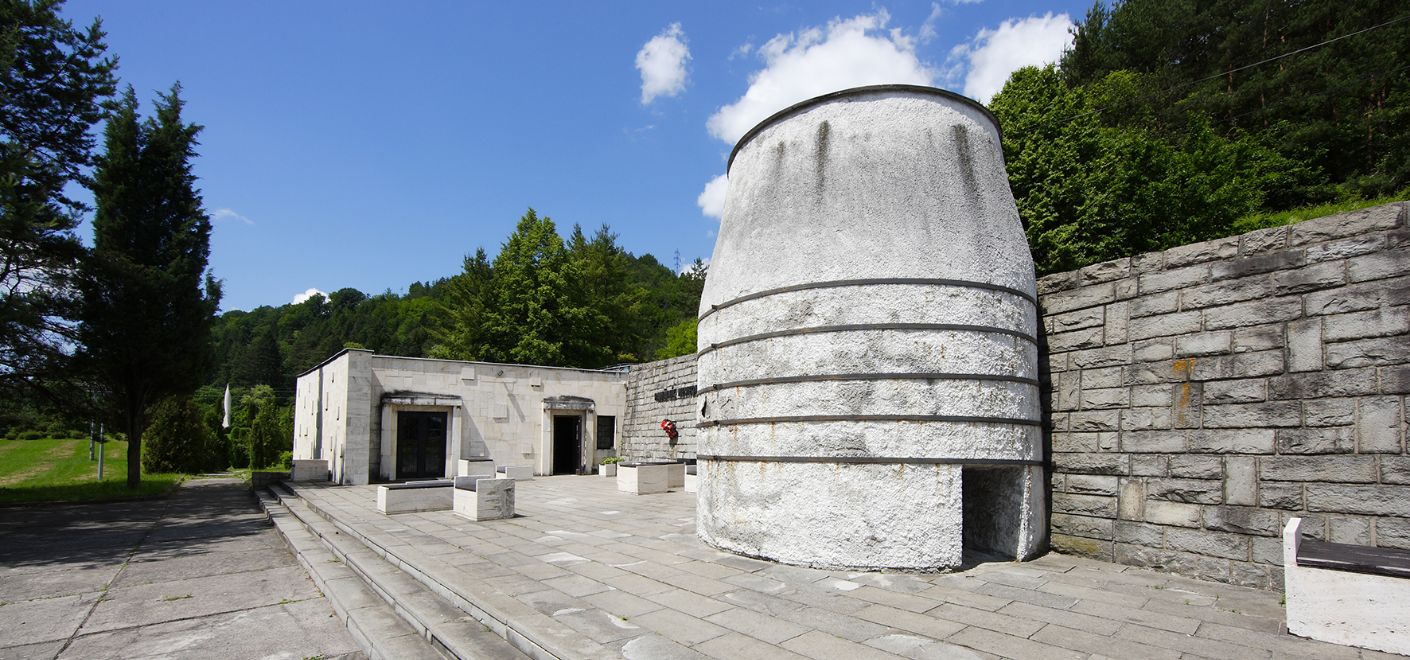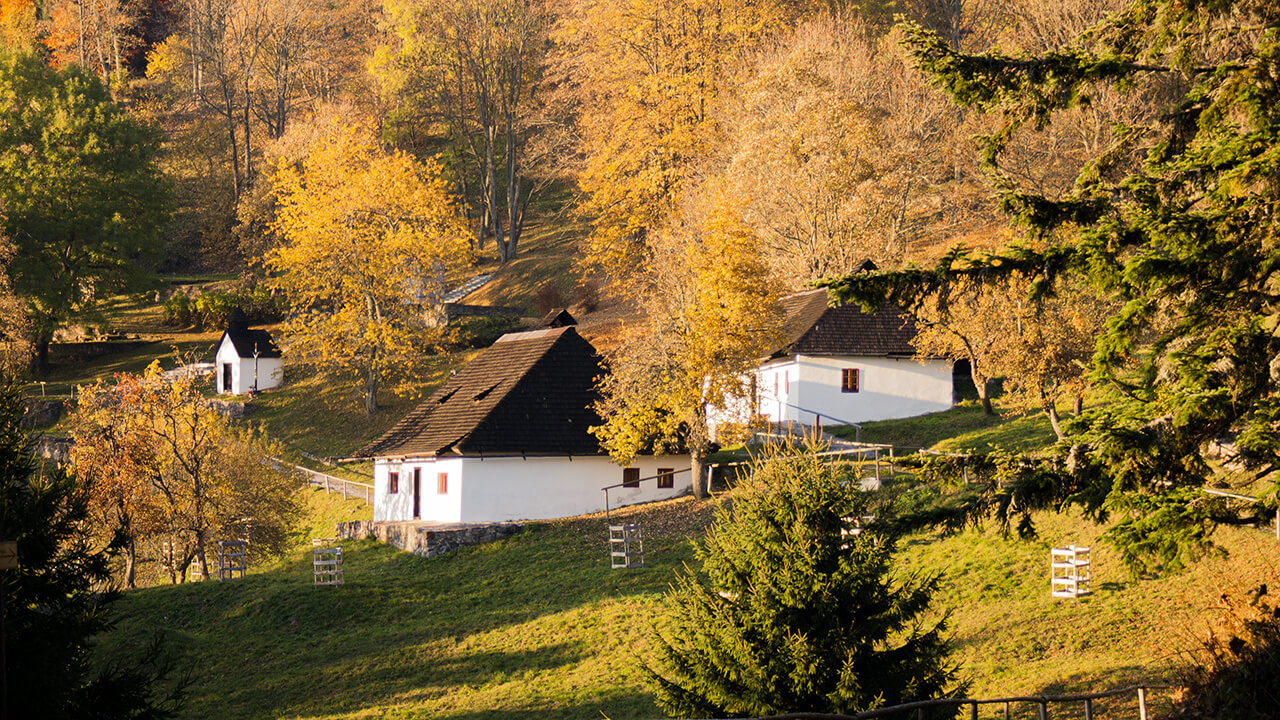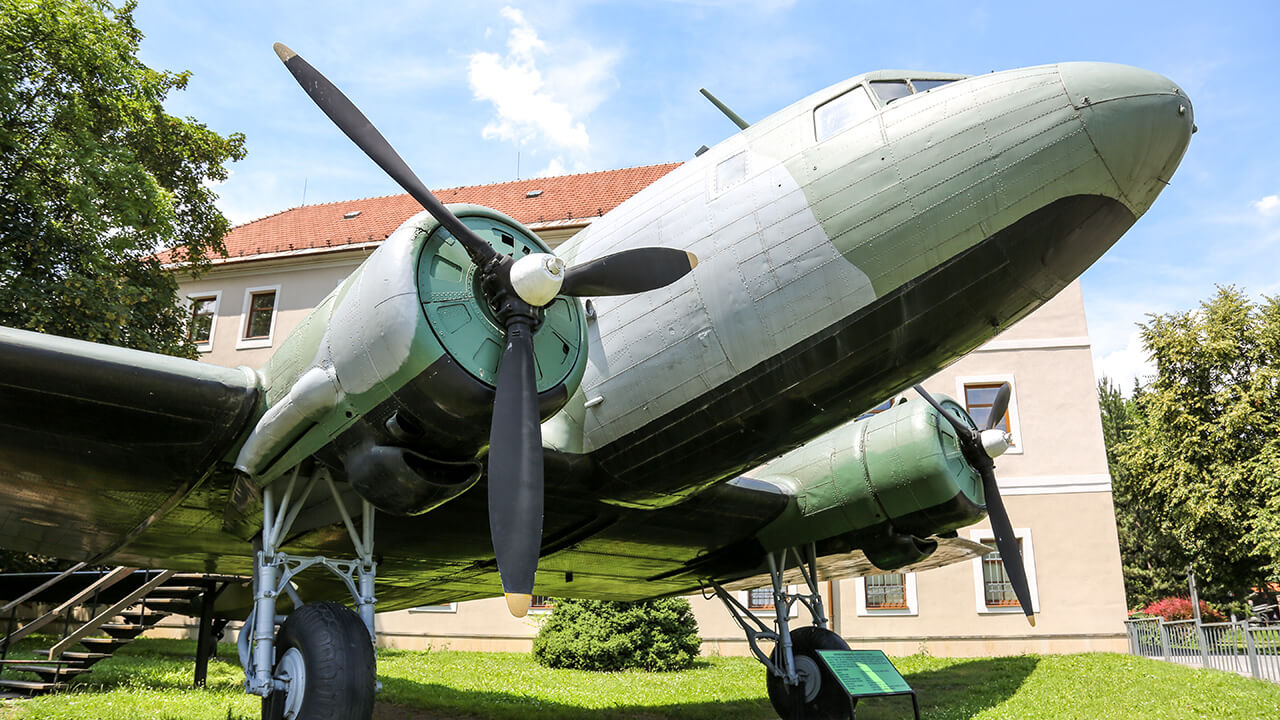The SNU 1944 multimedia exhibition offers visitors a new approach to the presentation of collection objects, authentic witness testimonies in the form of audio recordings, as well as, for example, the opportunity to find themselves in a resistance trench with soldiers.
The main exhibition is divided into thirteen thematic units, each of which presents a different chapter of the historical development of national and world history.
The introductory part of the exhibition documents the military and political development of Slovakia from 1918 to 1939 in relation to the national and international development of Czechoslovakia in the context of European history. Attention is also given to the emergence and development of modern European dictatorships in Fascist Italy and Nazi Germany. In the following units, the military and political development on the fronts of the Second World War and, in particular, the anti-fascist resistance in Europe and Slovakia in 1939-1945 are presented.
In a separate thematic unit, for the first time, the tragedy of European Jews and the Holocaust in the states occupied by Nazi Germany is documented. Alongside this subject, the tragic fate of the Jewish population in Slovakia deported in 1942 and 1944 to German concentration and extermination camps in the territory of occupied Poland is presented. Another new documented topic in the exhibition is the People’s movement and the German minority organisations in Slovakia within the Czechoslovak Socialist Republic and during the existence of the Slovak Republic in 1939-1945.
The main focus of the exhibition is the anti-fascist resistance and its culmination in the Slovak National Uprising as part of the European anti-fascist resistance during the years of the Second World War. This is demonstrated by the extensive documentation of the international participation of members of 32 nations and nationalities of the world and the help of the states of the anti-fascist coalition. In more detail is also presented the subject of the formation and activities of the anti-fascist resistance abroad and the participation of Czechoslovak troops on the fronts of the Second World War. Moreover, the documentation on the reprisals of the Nazis and the members of the POHG (Emergency Squad of the Hlinka Guard) in Slovakia in 1944-1945 has been considerably focused on. Additionally, the repressive actions of pseudo-partisans and anti-social elements that took place in the insurgent territory are presented as part of the objective documentation.
Alongside the detailed documentation of the insurgent army, partisans and gendarmes, the exhibition also covers the presence of German troops deployed to suppress the Slovak National Uprising, including the German general offensive and the role of the German Heimatschutz militia.
Furthermore, the exhibition covers the end of the Second World War and the post-war world order and presents an objective picture of these turning events. The punishment of war criminals and collaborators in Europe (the Nuremberg Trials, retributive judicial systems in Europe and Slovakia), the expulsion of Germans from the Czechoslovakia and the exchange of population between the Czechoslovakia and Hungary are part of another separate unit.
The Open Depository (visible collections storage) takes visitors behind the scenes of the museum.





